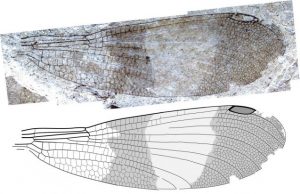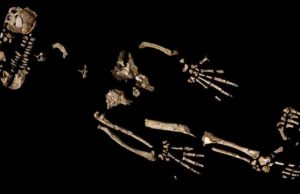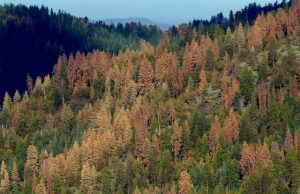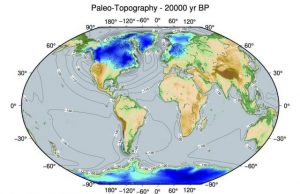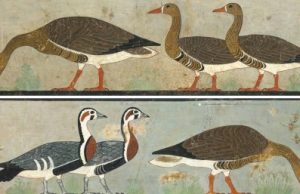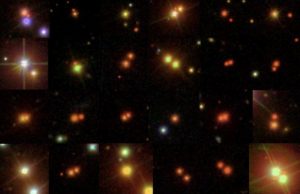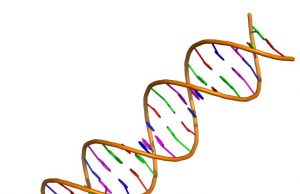Karina
Paleontologists discover new insect group after solving 150-year-old mystery
For more than 150 years, scientists have been incorrectly classifying a group of fossil insects as damselflies, the familiar cousins of dragonflies that flit...
A 4.4 million-year-old skeleton could reveal how early humans began to...
Evolutionary expert Charles Darwin and others recognized a close evolutionary relationship between humans, chimps and gorillas based on their shared anatomies, raising some big...
Climate impacts drive east-west divide in forest seed production
Younger, smaller trees that comprise much of North America's eastern forests have increased their seed production under climate change, but older, larger trees that...
After 20 years, physicists find a way to keep track of...
A high-intensity accelerator beam is formed of trillions of particles that race at lightning speeds down a system of powerful magnets and high-energy superconductors....
Spintronics: New production method makes crystalline microstructures universally usable
New storage and information technology requires new higher performance materials. One of these materials is yttrium iron garnet, which has special magnetic properties. Thanks...
Alaska thunderstorms may triple with climate change
Warming temperatures will potentially alter the climate in Alaska so profoundly later this century that the number of thunderstorms will triple, increasing the risks...
‘Missing ice problem’ finally solved
During glacial periods, the sea level falls, because vast quantities of water are stored in the massive inland glaciers. To date, however, computer models...
Ancient art reveals extinct goose
As a University of Queensland researcher examined a 4600-year-old Egyptian painting last year, a speckled goose caught his eye.
UQ scientist Dr. Anthony Romilio said...
Binary stars are all around us, new map of solar neighborhood...
The latest star data from the Gaia space observatory has for the first time allowed astronomers to generate a massive 3D atlas of widely...
Researchers invent new gene-editing tool
Researchers from the University of Illinois Chicago have discovered a new gene-editing technique that allows for the programming of sequential cuts—or edits—over time.
CRISPR is...
Pioneering research reveals gardens are secret powerhouse for pollinators
Home gardens are by far the biggest source of food for pollinating insects, including bees and wasps, in cities and towns, according to new...


